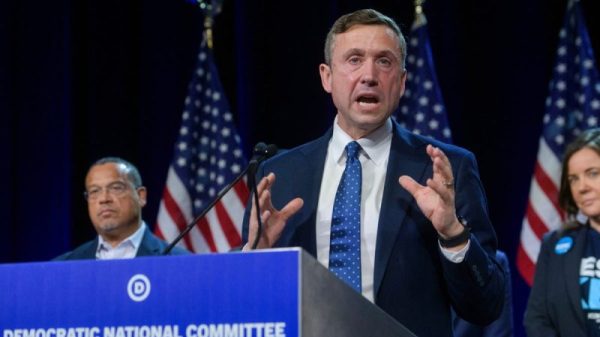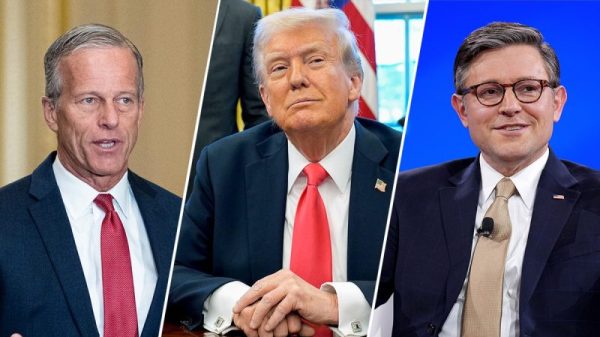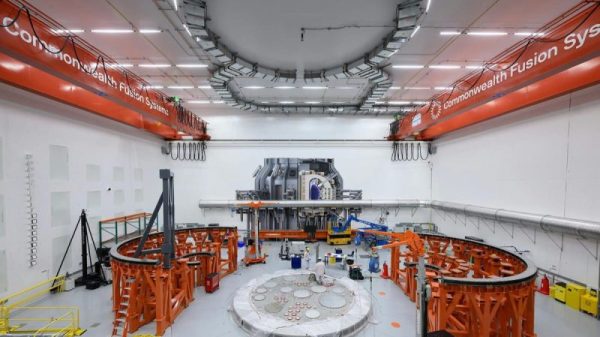With the help of Judge Glock of the Manhattan Institute, AIER has submitted amicus curiae briefs in the New Hampshire Supreme Court cases Rand v. State and ConVal v. State, dealing with school finance equalization.
Why did we do this?
Economic evidence and logic show why the push to “equalize” school finance, which has touched every state in the US, is based on misconceptions and creates perverse consequences for students and taxpayers. It’s important to bring economics into the judicial conversation, since courts have been the primary avenue for forcing legislatures to centralize and equalize the funding of public schools.
Here’s the misconception: that it is “inequitable” or “disproportionate” for some towns to be able to tax at a low mill rate because they have higher property valuations per student, while other towns have to tax at a much higher mill rate because they have lower property valuations per student. This claim sounds intuitively right, which explains why so many presumably intelligent state judges have fallen for it.
Here’s what’s wrong with it: local governments compete for residents on the basis of tax rates and quality of services, so systematic differences in property valuations are as much or more the result of differing tax rates and differing school qualities as the cause of them. Some towns developed excellence in their public schools while keeping taxes low, and got high valuations that way. Others allowed more commercial, industrial, or apartment development in their zoning codes, which increased their tax base without bringing many kids into the schools, again allowing tax rates to be low. Towns were either inefficient, managing their schools poorly while wasting tax dollars, or chose to keep out development with restrictive zoning codes. As a result, their valuations are low.
When a family moves to a town with low mill rates or good-quality schools, they’re going to pay for that privilege with a higher house price or rent. In fact, house value encapsulates the entire net present value of the future stream of tax and quality benefits from living in that town. So adding even more taxes on top of that expense doesn’t somehow make things more fair; if anything, it’s unfair.
By the same token, some people prefer to move to towns with high mill rates or poor schools, but low housing costs. Those people have already reaped the reward of living in such a town, so to subsidize that choice further by redistributing property tax dollars to them doesn’t look like fairness.
We found that these theoretical ideas are the reality in New Hampshire. New Hampshire is the most fiscally decentralized state in the country, with about two-thirds of the total tax burden being decided at the municipal level rather than the state or county level. So households have a lot of choice about where to live, and they exercise it.
As a result, towns offer different packages to residents. Some towns offer a mix of low mill rates and exceptionally well-funded public schools at a cost of high housing costs and high taxes actually paid (e.g., Hollis, a suburb of Nashua). Even though the mill rates are low, the actual taxes paid are high because home valuations are so high. Hollis has a lot of successful agribusiness, so its valuations are higher than its neighbor to the west, Brookline. Brookline is also wealthy, and housing costs and taxes are high there, but because they have zoned out commercial development their valuations are low and taxes have to be even higher than Hollis’. Hollis would be a “donor” town under the redistributive scheme ordered by the trial court, while Brookline would be a “recipient” town, even though both are similarly wealthy.
Other towns offer low housing costs and low taxes actually paid at a cost of less well funded public schools, and they tend to have high mill rates (e.g., Allenstown, a working-class suburb of Concord). Lower-income households tend to be attracted to the low rents and affordable costs of ownership.
Yet other towns combine low taxes with high valuations because they have a lot of industrial development (e.g., Lebanon, a small city near Dartmouth College). Lebanon attracts a lot of younger healthcare and IT workers, but it also has a lot of poverty by New Hampshire standards.
These different combinations afford households a good amount of choice to find a situation that fits them. But if the trial court ruling stands, Lebanon would be a donor town and Allenstown would be a recipient town, even though their poverty rates are hardly different.
Requiring property-wealthy communities to redistribute to the rest of the state will perversely give towns an incentive to avoid becoming property-wealthy. They can indulge any tastes for blocking growth through zoning ordinances. They can shirk on monitoring local officials to make sure they are efficiently using taxpayer dollars. Moreover, it will redistribute money from poor people in places like Lebanon to rich people in places like Brookline. It will also raise property values in places like Allenstown, making housing less affordable for the poor families of the future.
Our research shows that nationwide, school finance centralization and equalization programs correlate strongly positively with strict zoning regulations on housing, even when controlling for a variety of other factors. And research by other economists shows that equalization schemes that rely on redistribution of property tax revenues destroy a lot of property wealth. So these concerns are not merely theoretical.
Instead of equalizing school finance with a Rube Goldberg redistribution scheme, the state could ensure students’ access to high-quality education by expanding its Education Freedom Account program, currently available to families making up to 400 percent of the federal poverty level. They could expand charter schools and enact an open-enrollment law, allowing students to attend public schools out of district, with money flowing from the “sending” town to the “receiving” town for each student who exercises that choice. These solutions would retain all the advantages of New Hampshire’s uniquely decentralized school finance system while also creating educational opportunity for all families.

































